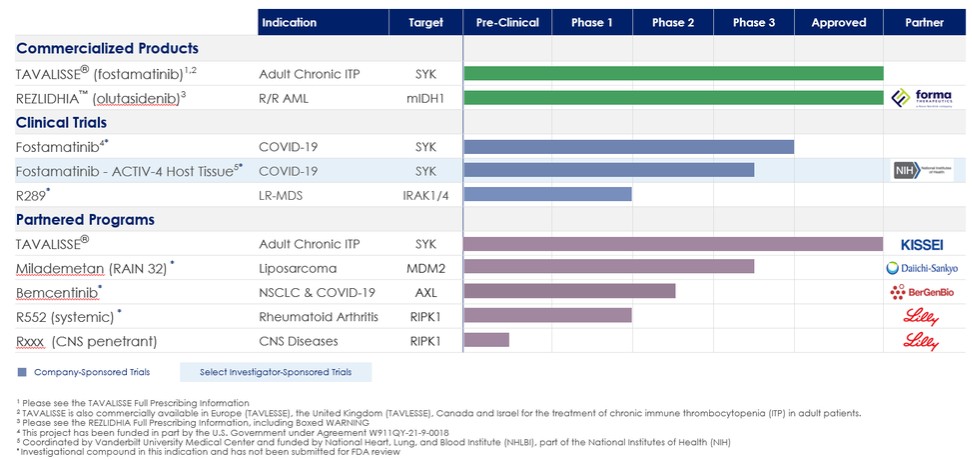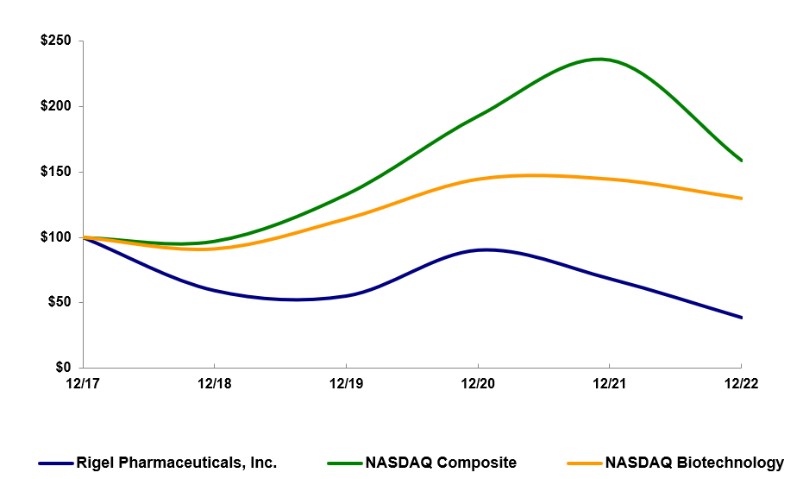We are subject to stringent and evolving privacy and information security laws, regulations, rules, policies, and contractual obligations, and changes in such laws, regulations, rules, policies, contractual obligations and our actual or perceived failure to comply with such requirements could subject us to significant investigations, fines, penalties and claims, any of which may have a material adverse effect on our business, financial condition, results of operations or prospects.
We are subject to, or affected by, various federal, state and foreign laws, rules, directives, and regulations, as well as regulatory guidance, policies and contractual obligations relating to privacy and information security, governing the acquisition, collection, access, use, disclosure, processing, modification, retention, storage, transfer, destruction, protection, and security (collectively, “processing”) of personal information and other sensitive information about individuals. The global privacy and information security landscape is evolving rapidly, and implementation standards and enforcement practices are likely to continue to develop for the foreseeable future and may result in conflicting or inconsistent compliance obligations. Legislators and regulators are increasingly adopting or amending privacy and information security laws, rules, directives, and regulations that may create uncertainty in our business, affect our or our collaborators’, service providers’ and contractors’ ability to operate in certain jurisdictions or to process personal information, transfer data internationally, necessitate the acceptance of more onerous obligations in our contracts, result in enforcement actions, litigation or other liability or impose additional costs on us. The cost of compliance with these laws, regulations and standards is high and is likely to increase in the future. Any failure or perceived failure by us or our collaborators, service providers and contractors to comply with federal, state or foreign laws or regulations, our internal policies and procedures or our contracts governing the processing of personal information could result in negative publicity, diversion of management time and effort and proceedings against us by governmental entities or others. In many jurisdictions, enforcement actions, litigation, and other consequences for noncompliance with privacy and information security laws and regulations are rising. Compliance with applicable privacy and information security laws and regulations, as well as regulatory guidance, policies and contractual obligations, is a rigorous and time-intensive process, and we may be required to put in place additional mechanisms to ensure compliance with the new privacy and information security requirements. If we fail to comply with any such obligations, we may face significant investigations, fines, penalties and claims that could materially and adversely affect our business, financial condition, results of operations, ability to process personal information and income from certain business initiatives.
In the US, these obligations include various federal, state, and local statutes, rules, and regulations relating to privacy and data security. The Federal Trade Commission (FTC) has authority under Section 5 of the FTC Act to regulate unfair or deceptive or practices, and has used this authority to initiate enforcement actions against companies that implement inadequate controls around privacy and information security in violation of their externally facing policies. The US federal government has also enacted statutes to address privacy and information security issues impacting particular industries or activities, including the following laws and regulations: the Electronic Communications Privacy Act, the Computer Fraud and Abuse Act, the Health Insurance Portability and Accountability Act, the Health Information Technology for Economic and Clinical Health Act, the Telephone Consumer Protection Act, the CAN-SPAM Act, and other laws and regulations. In addition, state legislatures have enacted statutes to address privacy and information security issues, including the California Consumer Privacy Act of 2018(the CCPA), and similar state laws such as Virginia’s Consumer Data Protection Act and the Colorado Privacy Act. For example, the CCPA establishes a privacy framework applicable to for-profit entities that are doing business in California, including an expansive definition of personal information and data privacy rights for California residents, and authorizes potentially severe statutory damages and creates a private right of action for certain data security breaches. The CCPA also requires businesses subject to the law to provide new disclosures to California residents and to provide them with expanded rights with respect to their personal information, including the right to opt out of the sale of such information. Although there are limited exemptions for clinical trial and other research-related data under the CCPA, the CCPA and other similar laws could impact our business depending on how it will be interpreted by the new California Privacy Protection Agency. As we expand our operations, the CCPA may increase our compliance costs and potential liability. In addition, California voters approved the California Privacy Rights Act of 2020 (CPRA), which goes into effect on January 1, 2023. The CPRA will, among other things, give California residents the ability to limit the use of their sensitive information, opt out of certain types of profiling and automated processing activities, provide for penalties for CPRA violations concerning California residents under the age of 16, and establish a new California Privacy Protection Agency to implement and enforce the law. Additionally, Colorado and Virginia both signed privacy legislation, each of which go into effect in 2023, and multiple other states and the federal government are considering enacting similar legislation. Many states also have in place data security laws requiring companies to maintain certain safeguards with respect to the

